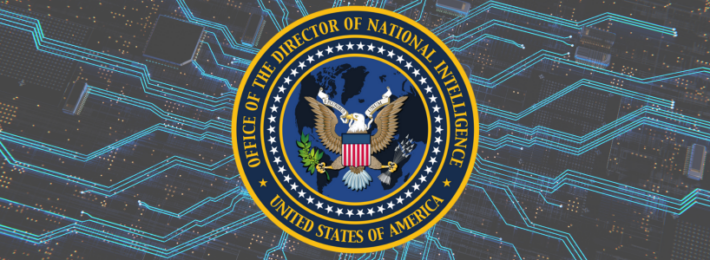Next Target for Workforce Reduction: Office of the Director of National Intelligence

As soon as the next Director of National Intelligence (DNI) is confirmed, a top-down evaluation and analysis is planned for the various offices and programs that make up the Office of the Director of National Intelligence (ODNI). During her recent Senate Intelligence Committee hearing, Tulsi Gabbard, the pick as the next DNI, told the committee she would be conducting a review of the size, organization, and program missions for areas that are duplicative in nature or just don’t belong in the DNI’s mission parameters.
The ODNI has a lot of personnel detailed to them on rotation from other intelligence agencies and that is first on the task list: get them all back to their own agencies. If you took a look at their joint-duty vacancy list where they publish detail job descriptions, you would find nothing on it. But last month, there were quite a few listed. During the hearing Senate Intelligence Committee, Chairman Tom Cotton (R-Ark.), challenged Gabbard to “return the ODNI to its original size, scope, and mission.” ODNI’s annual size and budget figures are classified, but a fact sheet from ODNI’s website states that they have fewer than 2,000 people and 40 percent of those are detail personnel from other agencies.
As of February 5th, ODNI, the Central Intelligence Agency, and National Security Agency were offered the government-wide “Fork in the Road” resignation buy-out that previously excluded national security agencies. These agencies, however, can make exceptions for certain sensitive or high priority positions that are vital to national security.


ODNI has been a largely useless layer of bureaucracy ever since its inception. I barely comprehend what their purpose is, much less why they need so many people to carry it out.
There may be a justifiable need for a policy function to develop ICDs, and there is probably a continuing need for some kind of oversight/coordination of IC acquisition programs, but everything else can be returned to the various intel agencies with little impact.